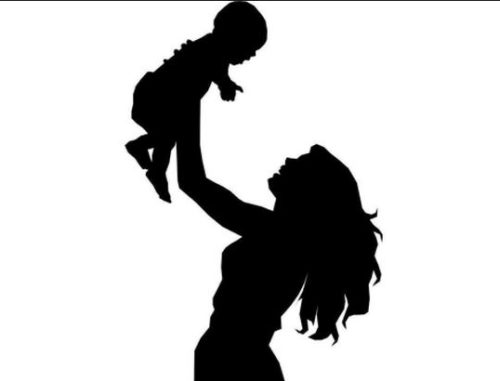March 16th, 2022
Maternal and infant mortality rates are important indicators of a healthy society. In the United States in 2022, both indictors show troubling signs.
Maternal mortality is defined by the World Health Organization as “the death of a woman while pregnant or within 42 days of termination of pregnancy[…] from any cause related to or aggravated by the pregnancy or its management, but not from accidental or incidental causes.” A recent study from researchers at the CDC found that the number of women who died during pregnancy or soon after birth in the United States rose 14% during the first year of the pandemic.
Maternal mortality is already much higher in the U.S. (23.8 deaths per 100,000 live births in 2019) compared to other developed countries (New Zealand and Norway had 2 deaths per 100,000; France and Canada had 9 deaths per 100,000, for example). Roni Caryn Rabin points out concerning inequities in the data:
Black women in America experienced the most deaths: One-third of the pregnant women and new mothers who died in 2020 were Black, though Black Americans make up just over 13 percent of the population. Their mortality rate was nearly three times that of white women.
The mortality rate for Hispanic women, which has historically been lower than for white women, also increased significantly in 2020 and is now almost on par with the rate for white women. Death rates increased among all pregnant women older than 24, but particularly in those 40 and over, whose mortality rate was nearly eight times that of women younger than 25.
Infant mortality is defined as the death of an infant before his or her first birthday. The five leading causes of death in infancy are birth defects, preterm births, acute injuries, sudden infant death syndrome (SIDS), and maternal complications of pregnancy. Race and ethnicity also factor into the mortality statistics for infants: The infant mortality rates for Black and Hispanic babies born in the U.S. are more than twice the rate for white babies.
In Pittsburgh, the racial discrepancy is even worse. “Black infants are more than four times as likely than white babies to die before they reach their first birthday,” says Emily Mullin, who highlights AHN’s new program to address Black infant mortality:
This grim gap is the reason for a new initiative launched by Allegheny Health Network called First Steps and Beyond. The program aims to monitor the health and well-being of African American parents and their babies through the first year of life by expanding prenatal, perinatal, birthing and fatherhood services to residents. In doing so, it hopes to slash infant mortality of Black babies by at least 28% over the next five years.
“Our vision is to ensure that all babies born in Allegheny County celebrate their first birthday, and an important part of achieving this goal is reducing the rates of Black infant mortality, which are unacceptably high right now,” said Elissa Edmunds-Hunt, who joined AHN in February to lead the new program.
Mullin says the goal of First Steps and Beyond will be “to reduce racial disparities, address extreme prematurity, eliminate preventable sleep-related infant deaths and expand postpartum support to mothers” in a city where racial disparities concerning infant mortality are stark:
In Pittsburgh, 13 of every 1,000 Black babies die before they turn a year old compared with fewer than three per 1,000 white babies, according to a 2019 report by the city’s Gender Equity Commission. For non-Black babies, Pittsburgh has fewer infant deaths than the vast majority of other U.S. cities, the study found. Male Black infant mortality in Pittsburgh is average, but female Black infant mortality is higher than 70% of similar cities.
For Black women in the city, 18 out of every 1,000 pregnancies end in a fetal death — that is, a death before birth — compared to only 9 out of every 1,000 white pregnancies, according to the report.
Research shows that ensuring the ABCs for a safe sleep environment for babies (alone, on their back, in a crib without loose bedding, pillows, bumper pads, and stuffed animals) is the most effective way to reduce sudden unexpected infant deaths in infancy. Avoiding exposure to tobacco smoke and paying close attention to other factors in the lives of families are also useful in lowering the infant mortality rate:
The so-called social determinants of health — conditions in the places where people live, learn, work and play — play a major role in infant mortality. In addition to unsafe housing, these could include food insecurity and domestic violence, which are all experienced by Black residents at higher rates.
Mullin says pediatricians and other health providers will play a big role in the success of First Steps and Beyond:
For instance, medical racism and bias can mean that doctors may be dismissive of Black patients and their health concerns, whether consciously or unconsciously. To address this issue, First Steps and Beyond will provide training and education on the history of racism in medicine to physicians, nurses and other health care professionals who interact directly with patients.
Dr. Margaret Larkins-Pettigrew, senior vice president and chief clinical officer of diversity, equity and inclusion for AHN and Highmark Health, said she hopes the new program will be able to bring together various initiatives across the city and county to work toward the common goal of reducing Black infant mortality.
“We think we will see significant outcomes,” she said.




































